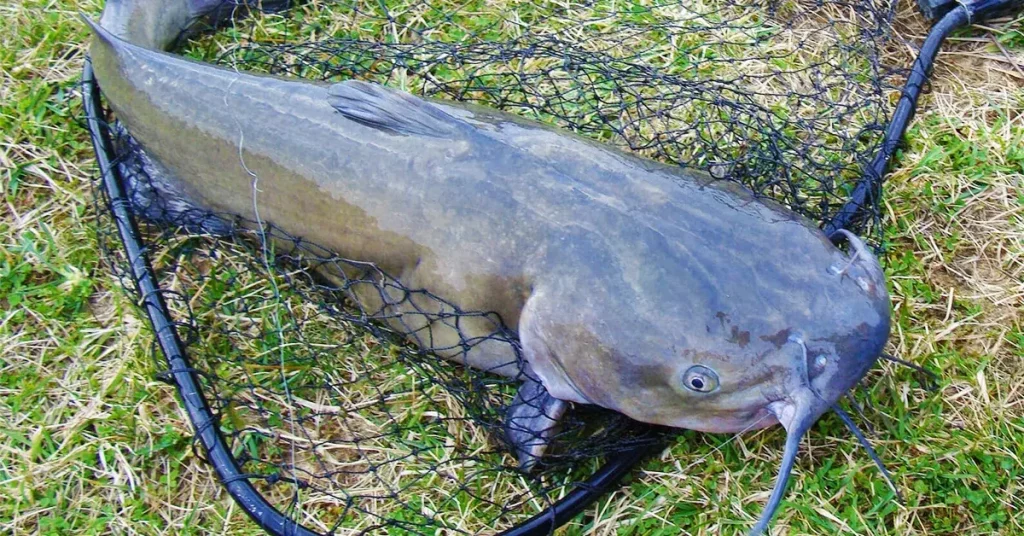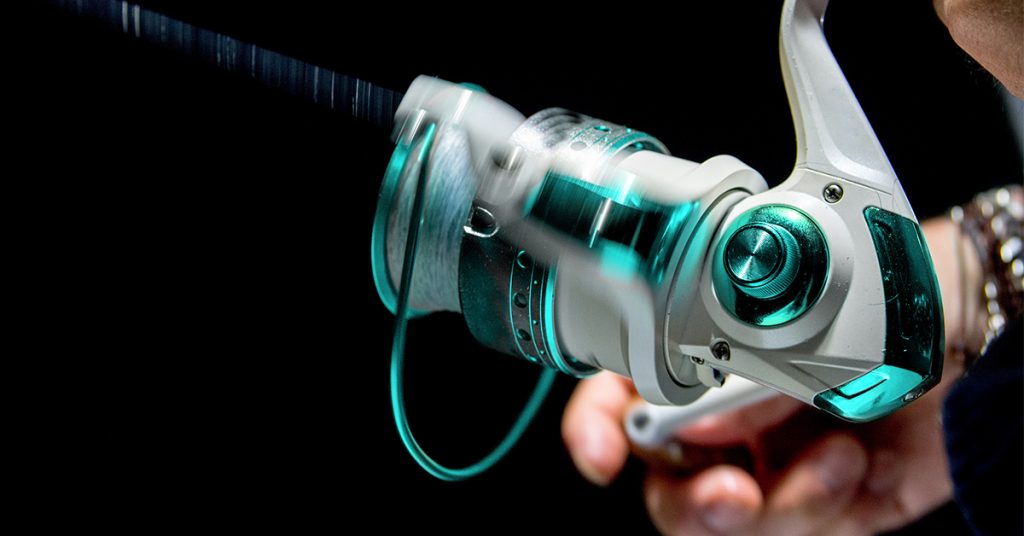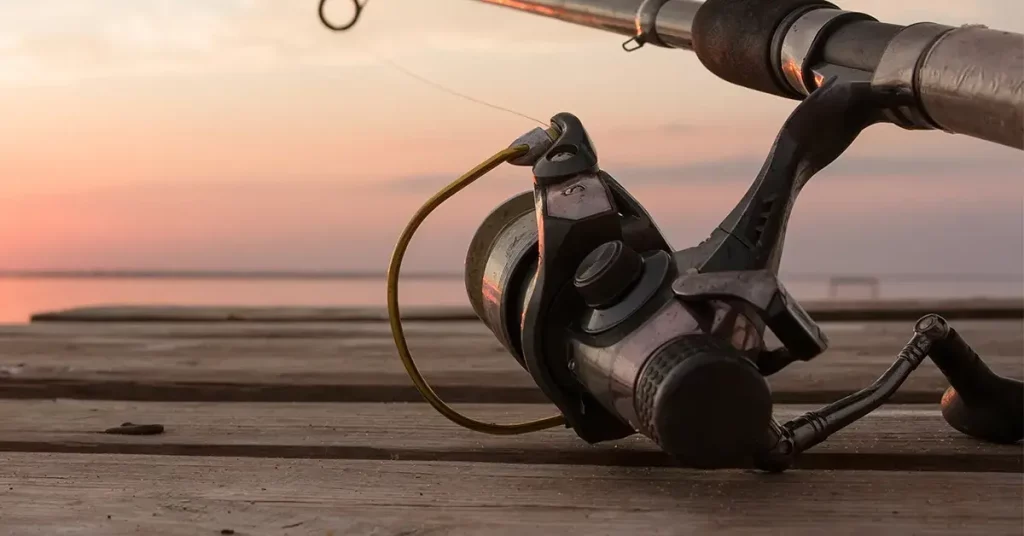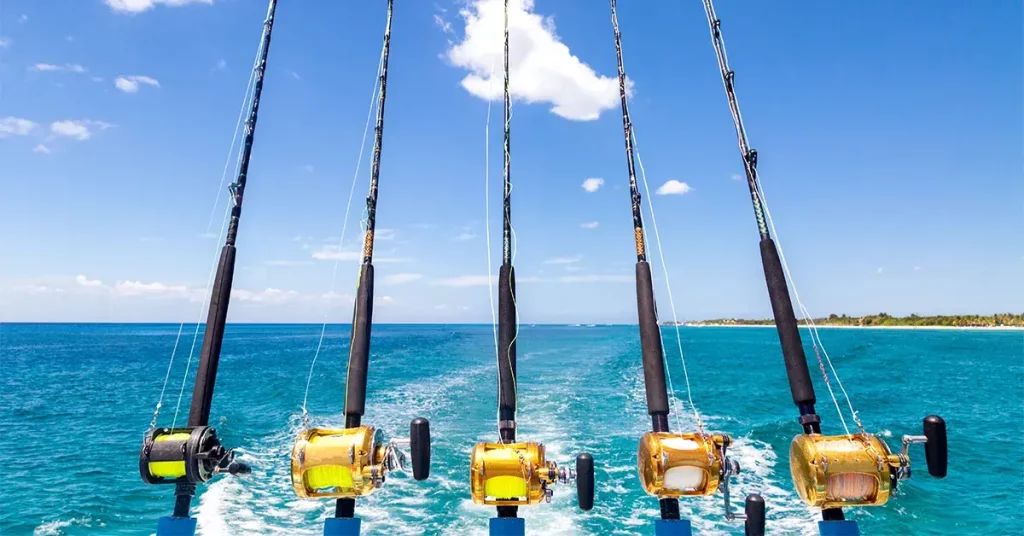One of the simplest and most enjoyable ways to catch catfish is the tried and true method of jug line fishing. Due to the low cost of materials, and potential for high return, it’s one of the most productive ways to fish for cats.
If you’re fishing with kids or first-timers, jug fishing is a great way to show them the ropes and get them to successfully land their first fish. Because the fish hooks itself when it takes your bait, there’s no need to worry about properly setting the hook.
Also, many kids don’t have the patience or discipline to wait around for the fish to start biting – with jug fishing you’re pretty much guaranteed non-stop action.
What is jug fishing?
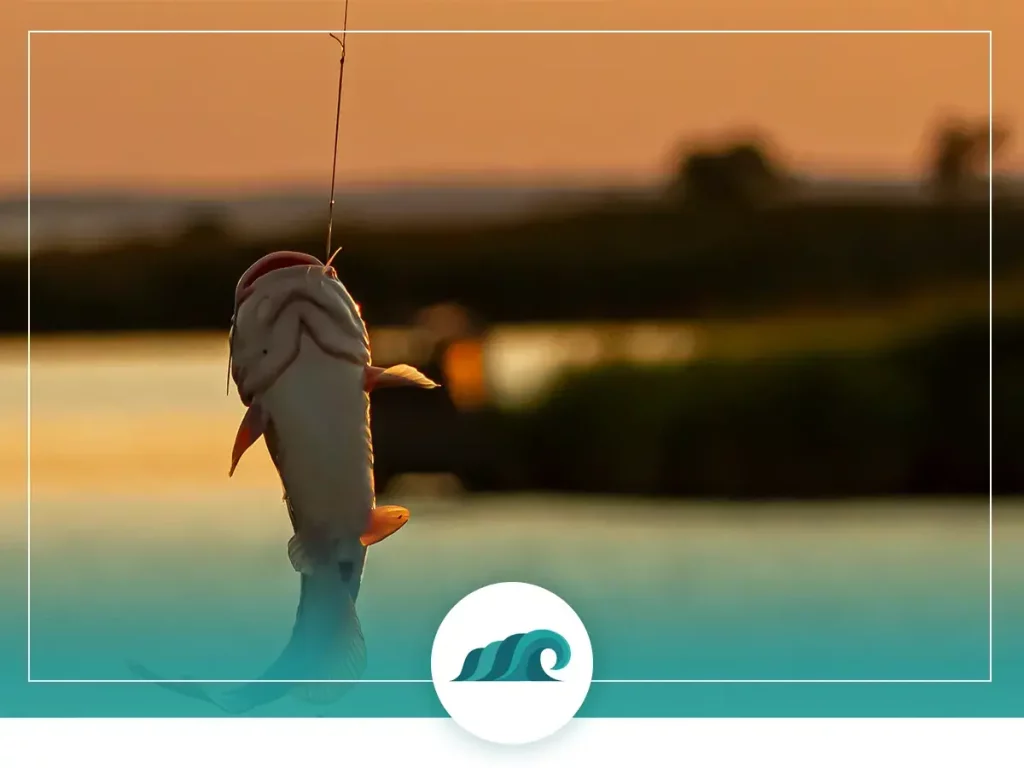
Jug fishing, or ‘jugging’ as it’s often called, is a method of fishing with floating jugs rigged up with line and bait suspended beneath them. These jugs are often free-floating, which allows them to cover a large area of water without the angler having to constantly attend to the rod or line.
Fishermen will typically set up a dozen or more jugs and deploy them over a wide area of water. The jugs will then float down current carrying their hooks and bait beneath them.
When a jug starts to dip and bob beneath the surface, you’ll know a fish has taken the bait, and you can pull it in.
A method often used to refine the technique is to set up several jugs with different baits at different line lengths. When the fish start taking your bait, you can go back and adjust your other jugs to the same line length and bait.
This type of jug-fishing is best practiced in milder current conditions, as too much current can easily sweep away your jugs – making them difficult or impossible to retrieve.
Fixed-float or anchored jug fishing is another option, which utilizes some form of weight attached to the bottom of your line – preventing the jug from moving around too much.
Jug Line Fishing Techniques
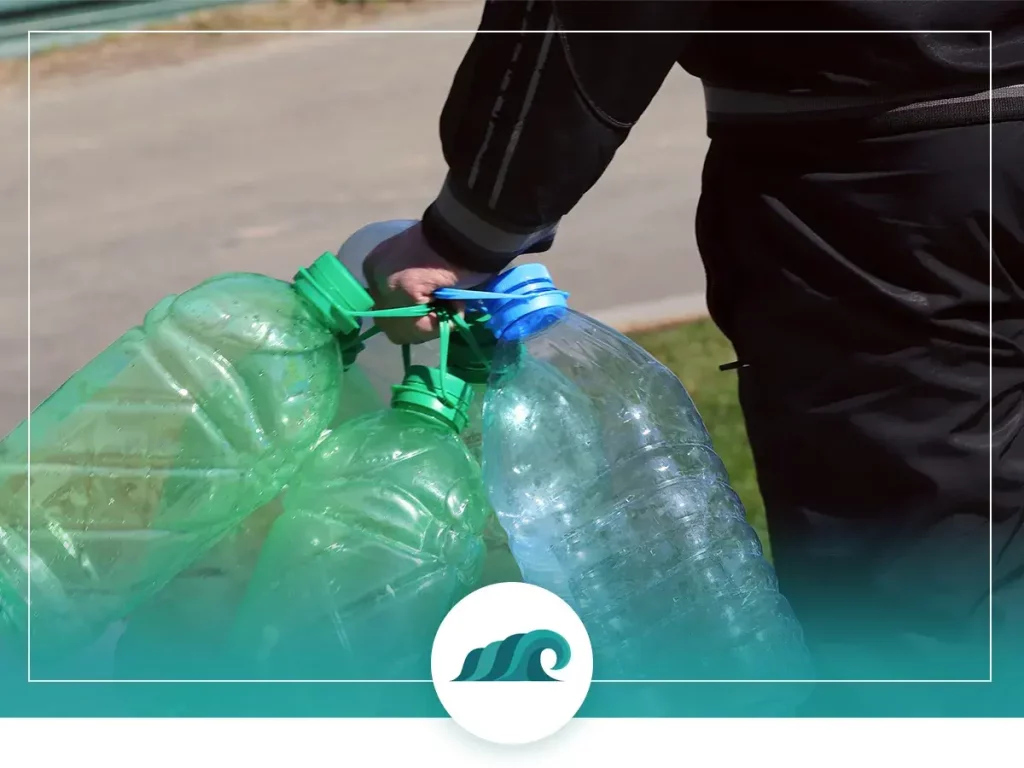
The basic strategy of jug fishing is pretty straightforward – set up a dozen or more jugs, deploy them in the water and see what starts biting.
Because it’s a fairly passive way to fish, many people will actually set up their floats in the evening, and then come back early the next morning to check on their catch. Because catfish have an exceptionally good sense of smell, they remain active at night, making this method particularly effective. If you’re going to use this method, it’s a good idea to use an anchored float, as strong current can easily carry your jugs far from where you left them.
If you’re looking for a more active experience, you can deploy free-floating jugs in the water with a kayak, canoe, or boat and motor. Then drift along with them, checking on them periodically and redeploying any jugs that have hooked fish.
Another effective technique is to drop the jugs off upstream, and then come back later in the day to check on them once they’ve floated to the other side of the lake, river, or pond.
An important factor to keep in mind when jug fishing is the water temperature. During the hot summer months, catfish can die very quickly – particularly if they’re hooked in the water below the thermocline –where oxygen levels are particularly low.
A general rule of the thumb is to check on your jugs every two hours or so, and even more often during the summer months.
It’s also important to make sure your jugs are easy to spot on the surface. High-contrast colors like bright orange, yellow, and white will make your jug easy to spot and locate, even in low-light conditions.
Jug Fishing Regulations
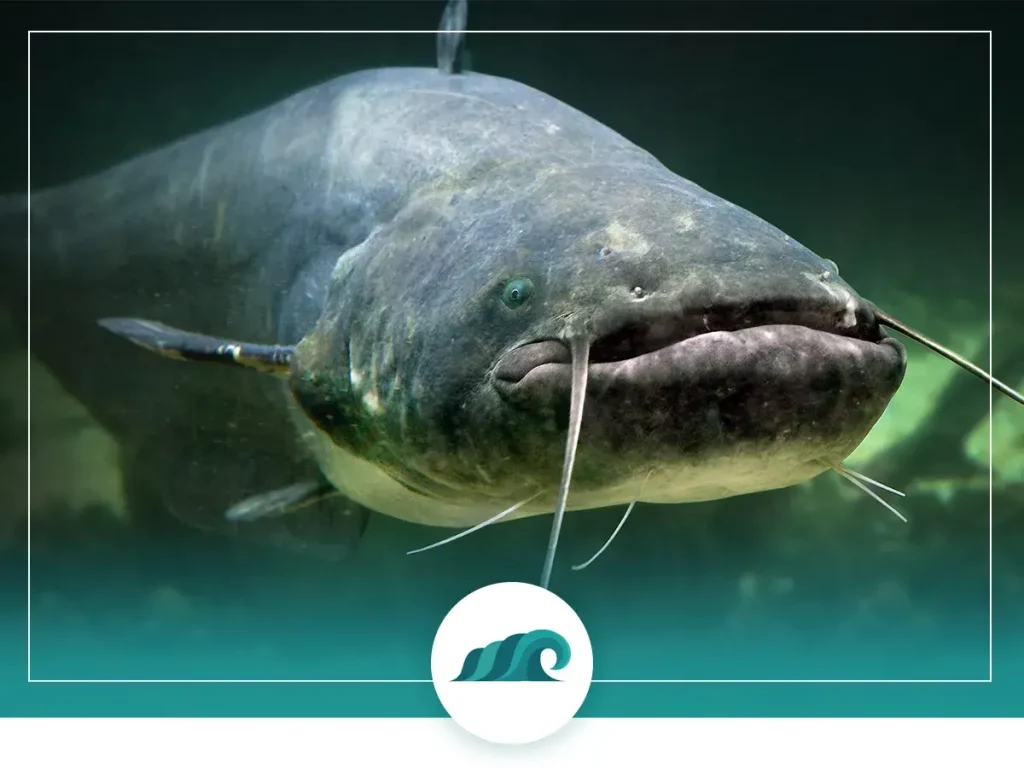
Jug fishing is not allowed in several jurisdictions, so be sure to check your local laws and regulations before heading out.
Typically, you’ll need to label your jugs with your name, address, and fishing permit number. Many jurisdictions require any free-floating or unanchored jug lines to be personally attended at all times.
Each state has its own regulations governing the number of jugs you’re allowed to deploy, hooks per jug, and how often jugs must be checked. Also, be sure you’re familiar with any applicable size and catch limits for catfish in your area.
Popular State’s jug fishing regulations:
How to Rig a Jug Line for Fishing?
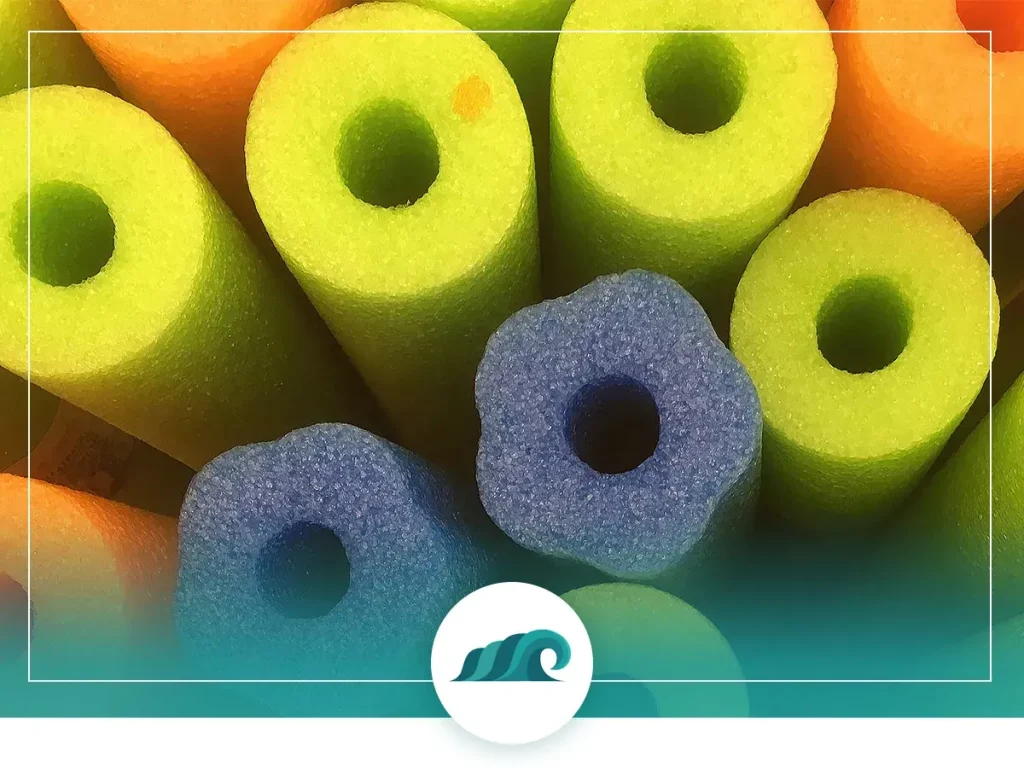
While there are ready-made commercial fishing jugs available, rigging your own jug line is a fairly straightforward process. If you have a few plastic jugs or pool noodles lying around, making your own jug fishing rigs is simple enough.
There are two main jug line rig styles commonly used by most fishermen: traditional plastic jug rigs and pool noodle rigs.
Plastic Jug Rigs
For plastic jug rigs, any old plastic bottles you have lying around should work.
Two-liter soda bottles, bleach bottles, milk jugs, or any sturdy plastic container with a strong seal will work well.
If you have limited space available on your watercraft, commercial style fishing jugs are more compact and will allow you to carry more jugs on your boat.
To set up a plastic jug rig:
- The first step is deciding on your line length. Ideally, you’ll want your bait to suspend close to the bottom, but not rest on it. If you know already know the water’s depth or have a fish finder handy, then this is fairly straightforward, otherwise, you can find the right depth with a little trial and error.
To find the right depth manually, simply set up several jugs at different line lengths, and deploy them over a wide area. Take note of the ones that start producing the most – that’s your ideal length line. - Next, you’ll want to fasten your line to the neck of the bottle or jug. 50 pound to 65-pound test braid or Dacron generally works well, and won’t snap off even if you hook a monster cat!
- On the other end of the line, fasten one or more weights. Depending on the style of jug you’re making, you’ll either want to add a large 1lb+ anchor weight to the terminal end or a smaller ½ ounce to 1-ounce weight for a free-floating jug.
If you’re making anchored jugs, you’ll want the weight to be heavy enough to keep the jug in place in windy conditions, or in case a big catfish takes your bait. Generally, a 2 lb. weight is adequate for a 2-liter soda bottle. - Next, you’ll want to attach your hook(s) a few inches above the terminal end. Sized 2/0 to 3/0 circle hooks work well for eating sized catfish, but you can size up to 6/0 or 7/0 hooks if you’re going after bigger cats.
A popular method for rigging the hooks is to attach one hook about 6 inches above the weight, and then attach a second hook one or two feet above that. That way, if your jug drifts into shallow water, the lower hook may be out of commission, but the higher hook should still be able to hook fish. - Wrap the line around the jug’s neck – and, presto you’ve got yourself a jug fishing rig! Now repeat the process until you’ve got as many jug rigs as you need.
Large catfish are powerful enough to pull your jug so deep that it collapses – disabling your rig, and stealing your gear! Adding some spray foam to the inside of the jug increases its buoyancy, which ensures your jugs don’t get destroyed, and the catfish won’t end up dragging your gear around by its lip.
Pool Noodle Rigs
Another popular design uses pool noodles and PVC pipes to make highly effective DIY jug fishing rigs. These are more compact than traditional jug rigs, so they’ll take up less space in your boat.
Also, the design of these rigs has the advantage of a built-in fish-on indicator. When a fish takes your bait, the pool noodle flips up vertically, allowing you to easily spot it on the surface.
Materials needed:
- Brightly colored pool noodle (make sure it’s the kind with a hole through the center)
- ¾ inch PVC pipe
- Large barrel swivel
- ¾ inch PVC end caps
- Heavy-duty 50 to 65-pound test braided fishing line
- Fishing hooks and sinkers
- Glue
- 8-inch long piece of rebar (optional)
To build a pool noodle rig:
- Cut your pool noodle into approximately 20-inch sections. One standard-sized pool noodle should give you three usable sections.
- Cut your PVC pipe into sections several inches longer than the pool noodle sections, making sure to leave enough room on both sides for the end caps.
- Drill a small hole in one end of the PVC pipe. Then tie a large barrel swivel (big enough so it won’t fit through the drilled hole) to one end of your fishing line.
- Insert the other end of the line through the bottom of the PVC and out the drilled hole.
- Now rig up your line with weights and hooks. Sized 2/0 to 3/0 circle hooks work well for smaller catfish, but you can go larger when you’re targeting bigger fish. Use the same technique described in the plastic jug instructions to find your ideal line length.
- Place your rebar section inside the PVC pipe. The rebar acts as a weight to hold the entire noodle rig in place, as well as a sliding weight to help keep the rig vertical when a fish is hooked.
If you don’t have any rebar, you can leave this step out and leave the PVC section open-ended (no endcaps). - Clean and cap off both ends of the PVC pipe.
- Wrap your line around the same end of the PVC pipe as the drilled hole for storage. Now you’re ready to start jug fishing!
Check out this video for a step-by-step guide to making your own pool noodle rigs:
Best Bait for Jug Fishing
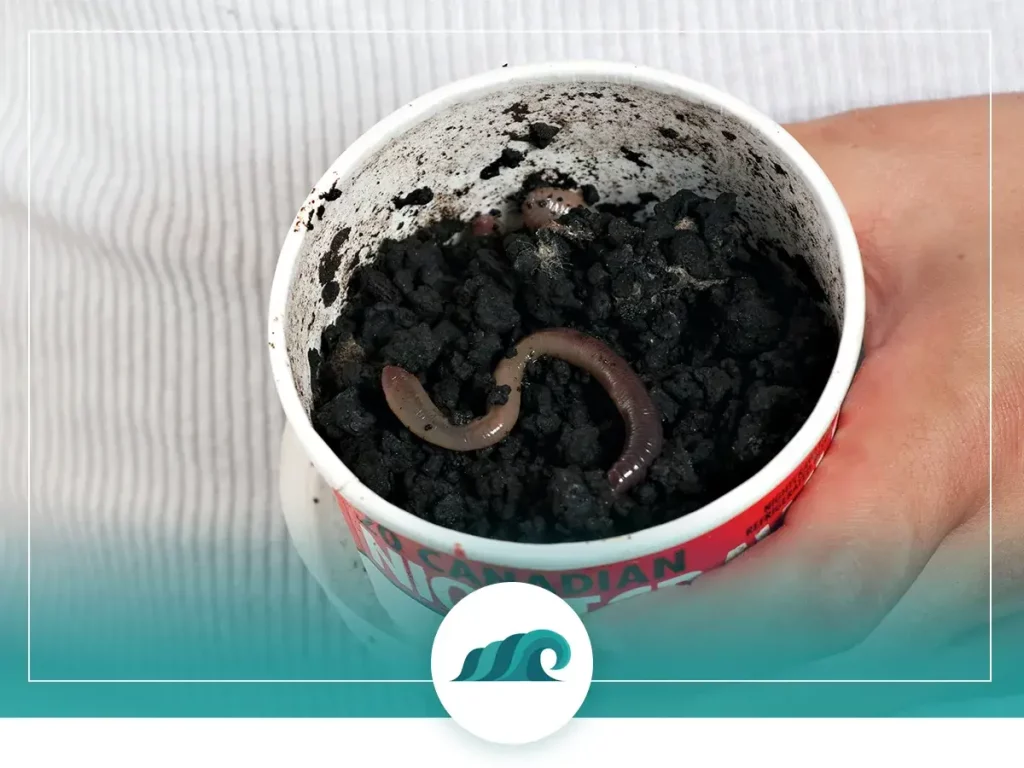
Much like other methods of catfish fishing, a variety of baits can be used effectively. A little local knowledge can help out significantly here.
Catfish species also differ considerably, so bait that works well for channel cats may not be ideal for blues or flatheads. All catfish share some similarities though – they’re scavengers with a strong sense of smell and tend to be attracted to stinky baits.
Some of the most commonly used catfish baits are cut baits like shad, skipjack herring, perch, drum, and bluegill. Insect baits like nightcrawlers, grasshoppers, crickets and others can also be effective.
Many folks like to use grocery store baits like chicken/turkey livers, frozen shrimp, bacon slices, and even hot dogs. Lastly, prepared stinkbaits like dip and punch baits are a popular choice.
The best approach if you don’t know what bait to use, is to set a variety of baits on different jugs, and see which bait attracts the most bites. Then swap out your other jugs with the most effective bait.
Controversy Surrounding Jug Fishing
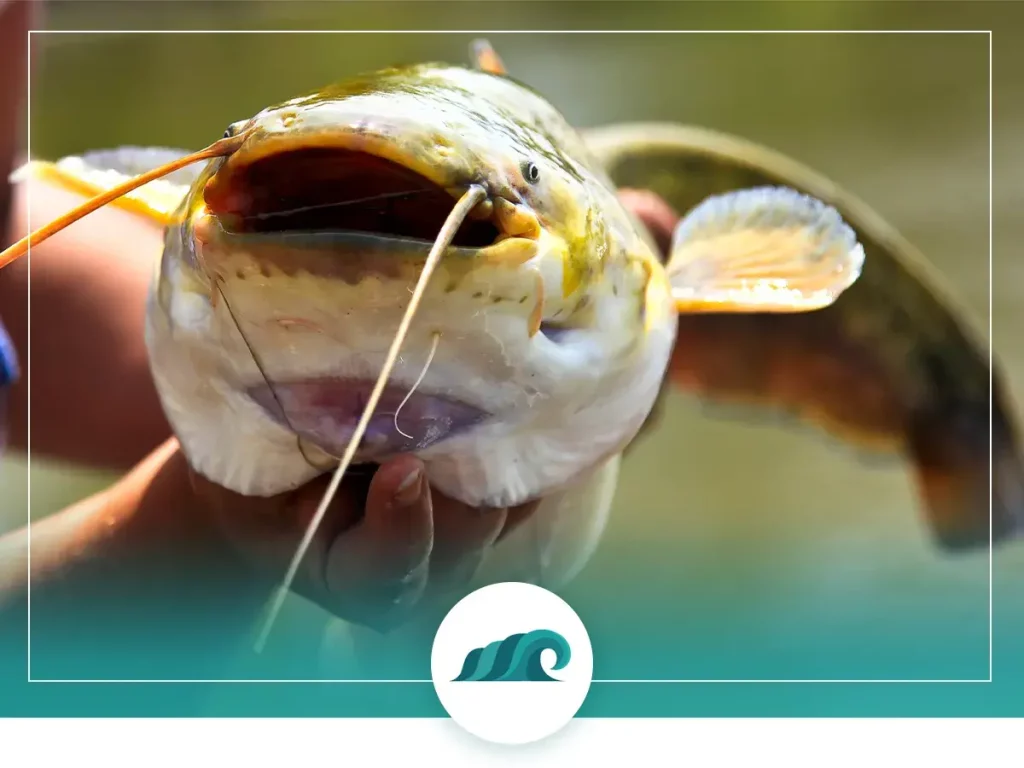
While most catfish anglers have a fairly positive view on jug line fishing, there are those with a negative outlook on the subject.
The main complaint surrounding jug fishing is that it can lead to overharvesting, and because it’s essentially a trap, it catches fish indiscriminately – which can lead to trophy-sized catfish being killed. These larger catfish are the breeding stock, so harvesting them can lead to over-exploitation of the local population.
In my view, as long as you’re following the local laws and regulations, checking your traps often, and releasing any trophy catfish back into the water, then jugging is a perfectly acceptable fishing method and can be a ton of fun.
Wrap Up
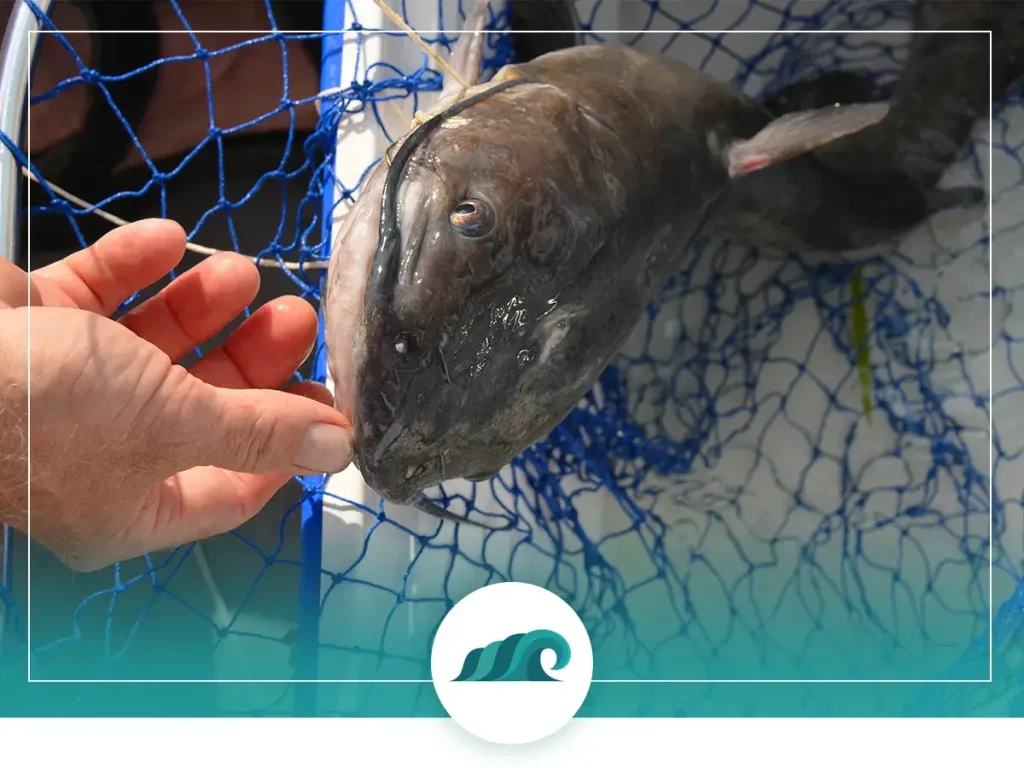
Jug line fishing is one of the simplest and most effective ways to catch catfish. All you need is some jugs, fishing line, sinkers, hooks and you’re ready to get started.
Due to its simplicity, jug line fishing is a great way to get kids and first-timers interested in fishing. While it may be simple, it’s definitely not boring – when you’re jugs start hooking fish, your guaranteed non-stop action. Keeping a good landing net close at hand is a good idea – especially if you happen to hook a monster cat.
Lastly, get out and experiment a little, the best way to hone your jug fishing skills is by trial-and-error.

